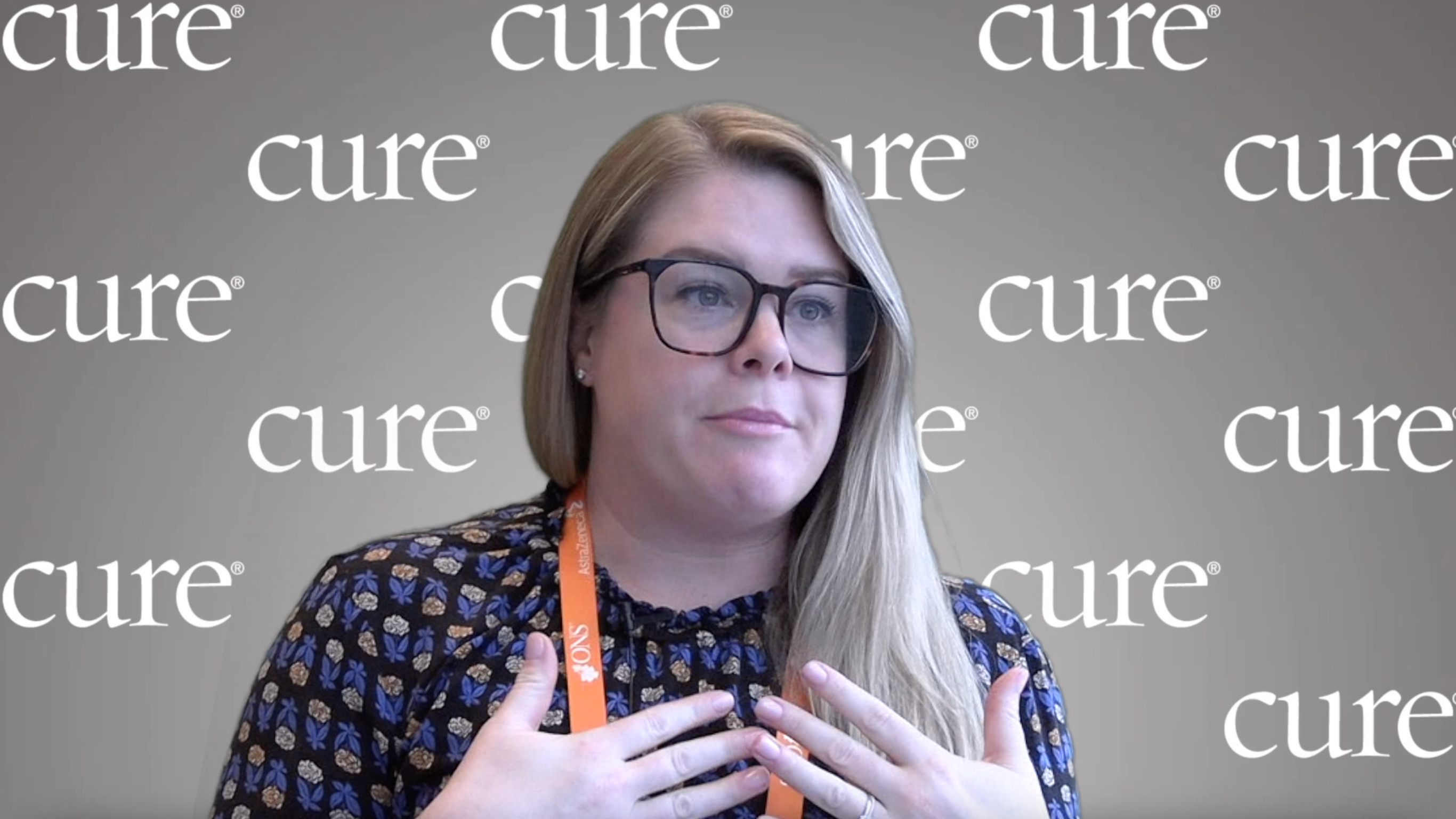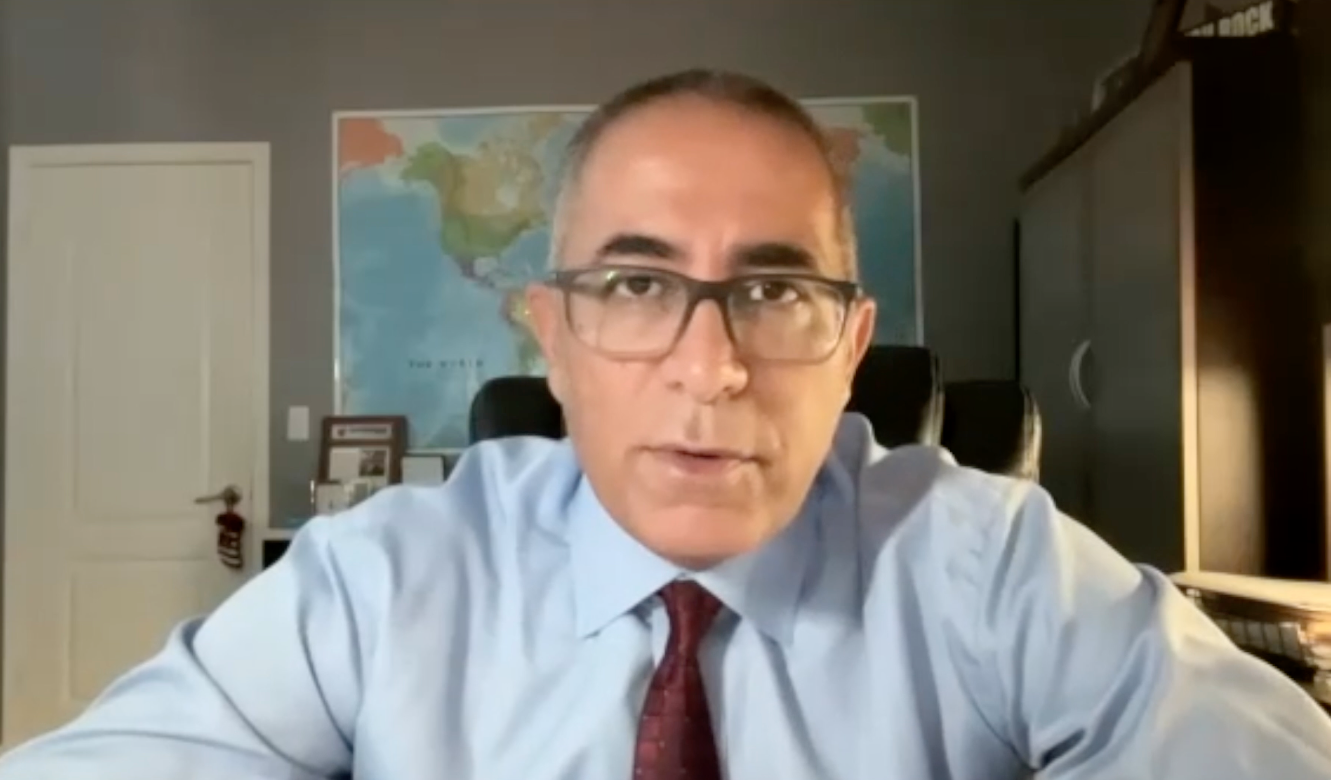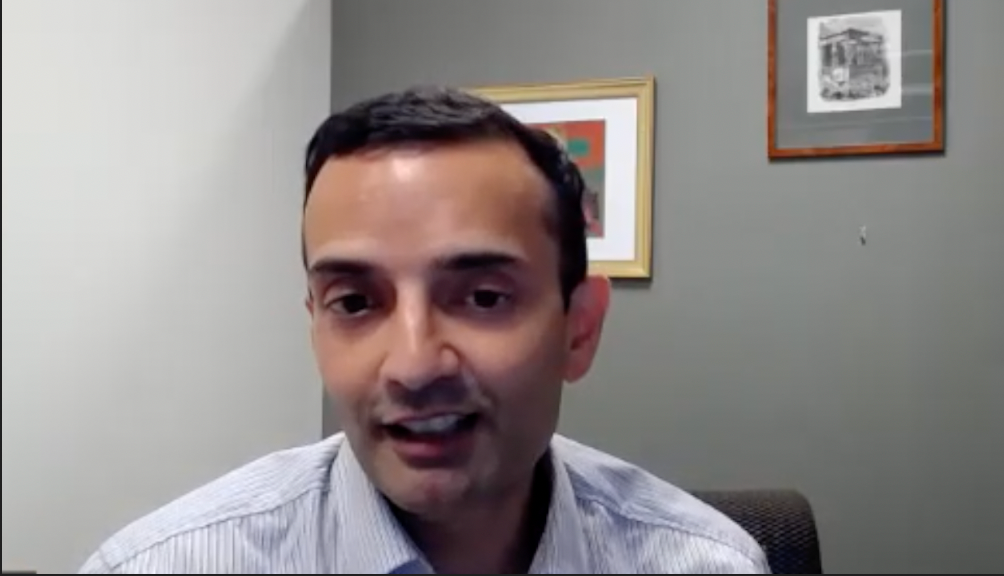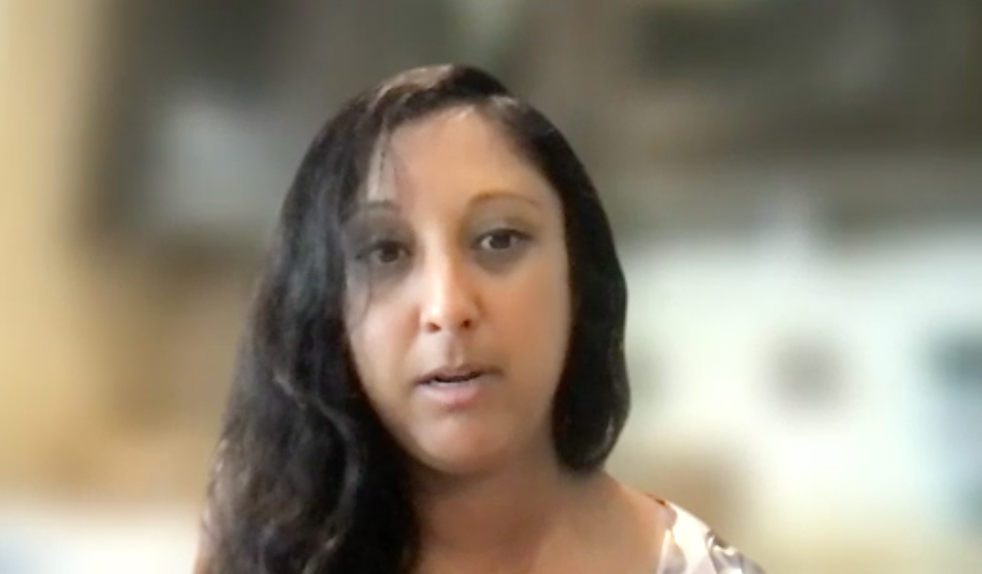Article
FDA Approves Darzalex Combination for Myeloma Treatment
Author(s):
The Food and Drug Administration (FDA) granted an approval to Darzalex (daratumumab) for use in combination with Pomalyst (pomalidomide) and dexamethasone for patients who have multiple myeloma who have two or more prior therapies, including a proteasome inhibitor and Revlimid (lenalidomide).
The Food and Drug Administration (FDA) granted an approval to Darzalex (daratumumab) for use in combination with Pomalyst (pomalidomide) and dexamethasone for patients who have multiple myeloma who have two or more prior therapies, including a proteasome inhibitor and Revlimid (lenalidomide).
The approval is based on data from the phase 1 EQUULEUS (MMY1001) trial, in which the overall response rate (ORR) was 59 percent with the Darzalex triplet in patients with relapsed/refractory myeloma.
The FDA previously approved Darzalex in combination with Revlimid and Velcade dexamethasone or Velcade (bortezomib) and dexamethasone for patients with relapsed multiple myeloma following at least one prior therapy.
“We are very pleased to receive the FDA’s decision to approve Darzalex in combination with Pomalyst and dexamethasone. This offers another alternative to patients with multiple myeloma who haven’t seen lasting effects from other types of treatment,” Jan van de Winkel, Ph.D., CEO of Genmab, the manufacturer of Darzalex, said in a statement.
The Pom-D arm of the open-label EQUULEUS trial included 103 patients with multiple myeloma who had received prior treatment with a proteasome inhibitor and an immunomodulatory agent. The median patient age was 64 years, and 8 percent of patients were aged 75 years or older.
The median number of prior therapy lines was four, and three-fourths of patients had prior autologous stem cell transplant. Eighty-nine percent of patients were refractory to Revlimid, 71 percent were refractory to bortezomib, and 64 percent were refractory to both agents.
Patients received Darzalex at 16 mg/kg combined with Pomalyst and dexamethasone.
The very good partial response rate was 28 percent, the complete response (CR) rate was 6 percent, and the stringent CR was 8 percent. The median time to response was 1 month, and the median duration of response was 13.6 months.
The most frequent adverse reactions (at least 20 percent of patients) in the study were infusion reactions (50 percent), diarrhea (38 percent), nausea (30 percent), vomiting (21 percent), fatigue (50 percent), pyrexia (25 percent), upper respiratory tract infection (50 percent), muscle spasms (26 percent), cough (43 percent) and dyspnea (33 percent). The most common treatment-emergent hematology laboratory abnormalities were lymphopenia (94 percent), neutropenia (95 percent), thrombocytopenia (75 percent) and anemia (57 percent).
Serious adverse reactions occurred in 49 percent of patients. The only grade 3/4 adverse reaction reported in more than 5 percent of patients was pneumonia at 7 percent. The most common grade 3/4 treatment-emergent hematology laboratory abnormalities were neutropenia (82 percent), lymphopenia (71 percent), anemia (30 percent) and thrombocytopenia (20 percent).
The previous Darzalex triplet approvals were based on the phase 3 POLLUX and CASTOR studies. In the POLLUX trial, adding Darzalex to Revlimid and dexamethasone reduced the risk of progression or death by 63 percent versus Revlimid and dexamethasone for patients with relapsed/refractory multiple myeloma. In the CASTOR trial, the addition of Darzalex to bortezomib and dexamethasone reduced the risk of progression or death by 61 percent compared with the two drugs alone for patients with recurrent or refractory multiple myeloma.
The international, open-label POLLUX trial randomized 569 patients with relapsed/refractory multiple myeloma to Darzalex combined with Revlimid/dexamethasone (286 patients) or Revlimid plus dexamethasone alone (283 patients). Patient characteristics were well balanced between the study arms. The median age across the trial was 65 years and the median number of prior treatment lines for each cohort was one.
At a median follow-up of 13.5 months, the median progression-free survival (PFS) was not yet reached in the Darzalex arm versus 18.4 months with Revlimid/dexamethasone alone. The ORR was 92.9 percent versus 76.4 percent, respectively. The very good partial response (VGPR) or better rate was 75.8 percent with Darzalex versus 44.2 percent in the control arm. The complete response (CR) rates were 43.1 percent and 19.2 percent, respectively.
The CASTOR study randomized 498 patients with relapsed or refractory multiple myeloma to bortezomib and dexamethasone alone (247 patients) or with Darzalex (251 patients). Patients had received a median of 2 prior lines of therapy. Overall, 66 percent had received prior bortezomib, 76 percent received a prior immunomodulatory drug (IMiD), and 48 percent had received prior proteasome inhibitors and IMiD.
The 12-month PFS rate was 60.7 percent with Darzalex, bortezomib, and dexamethasone versus 26.9 percent for bortezomib and dexamethasone alone. After a median follow-up of 7.4 months, the median PFS was not reached in the Darzalex arm compared with 7.2 months in the control group.














